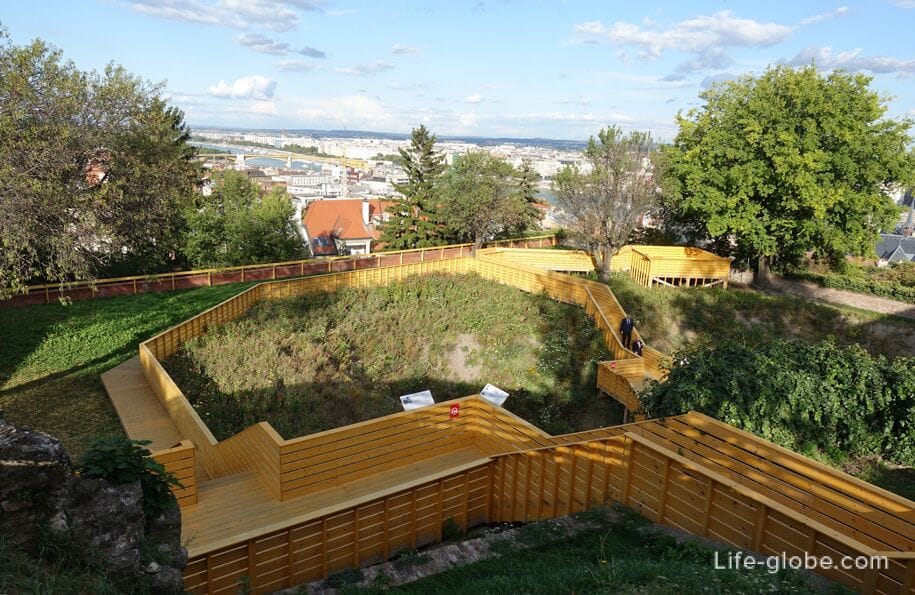
In Budapest there is an opportunity to explore the city not only from the ground, after seeing the main sights and enjoying the panorama from the height of a visit to the observation deck and lookout point of Budapest, but also to go underground, having studied some of the areas "inside".
Budapest consists of two parts (areas), separated by the Danube, the plains of pest, located on the East side of the Danube and the hilly area of Buda, located on the West side of the river.
That is a hilly-mountainous area of Buda hides a world of dungeons, consisting of caves and miles of a network of tunnels and passages built under the Buda hill on top of which is located the historical complex of the once majestic Buda castle.
In Budapest there are two caves.
The temperature in the cave is 11°C - 12°C throughout the year, so in the summer you should dress a little warmer and be sure to come in comfortable shoes.
In both caves you can buy single tickets or combination of both - giving you the right to visit the two caves.
Mountain cave in Her (Szemlő-hegyi-barlang), which is popular among families with children and tourists. In the cave you can also watch movies in the cinema and to visit the interactive exhibition.
Address caves: Pusztaszeri ut 35.
The cave site: dunaipoly.
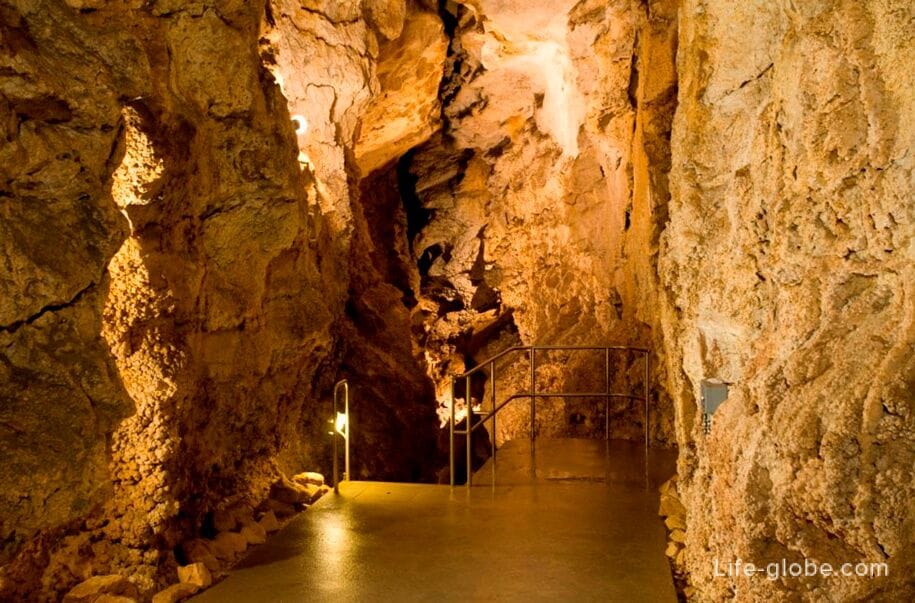
Stalactite cave PAL-Velde (Pal-völgyi-barlang) is the longest cave of Hungary, famous for its stalactites, which was opened in 1919.
A 500-metre walking trail with rock formations will appeal to fans of the underworld.
Some areas in the cave and a steep staircase not suitable for small children (up to age 5 and up to 115 cm are not allowed).
The coordinates of the cave: 47°31'58.2"N 19°00'58.1"E (address: Szepvölgyi ut 162).
The cave site: dunaipoly.

Museum Labyrinth (Labirintus) is located within the Buda castle, at the following address: Uri u. 9.
The labyrinth from the middle ages, somewhere in the 13th century, has been used for many purposes, including a former asylum, hospital and prison. In the middle ages the inhabitants of the castle were hidden in "Labyrinth" earned their wealth from tax collectors.
In fact, the dungeon is a natural cave with a high degree of protection, the system of passes which has already half a million years. Since the 20th century, the villagers began to link the cave passages in the mountain, therefore, in peacetime, the cave became a functioning wine cellar and was used as a refuge in time of war. With 30 years Maze is a tourist attraction. Was a refuge during the Second world war. And from 1984 to 1996 in the cave was first PANOPTICON in Hungary. The maze was closed from 1997 to 2011, and again began to welcome guests since November 2011.
Currently, in the winding corridors and vaulted halls of the underground Labyrinth, you can see Gothic and Renaissance stone monuments and Turkish tombstones. Exhibits.
The website of the Labyrinth: labirintus.
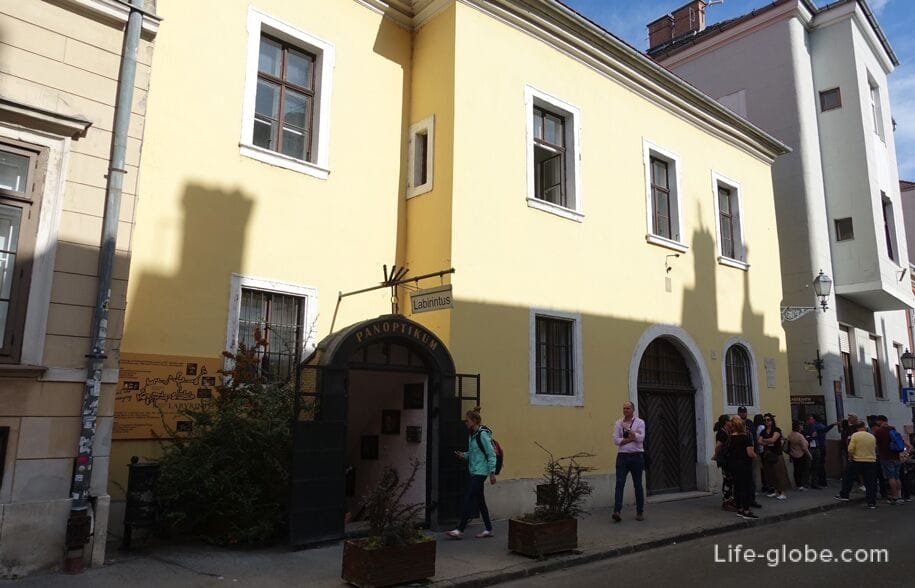
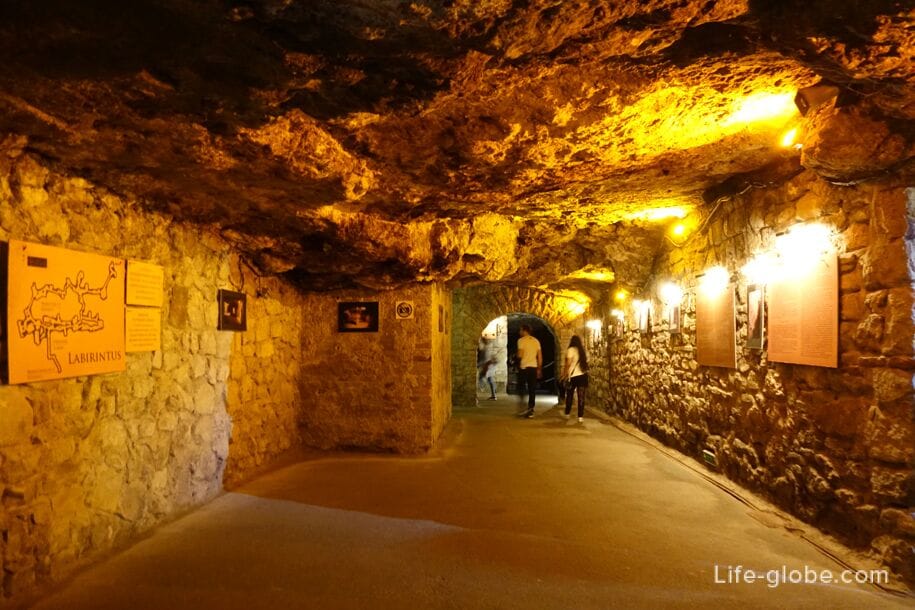

One of the possibilities to go underground is a visit to the chapel of St. Michael, which was accidentally discovered during the construction of the Fisherman's Bastion.
In the chapel there is a small exposition dedicated to the history of Hungary, and in the lower hall viewers are invited to watch a 14-minute multilingual 3D film is devoted to 1000-year history of Hungary.
The entrance to the chapel is from the southern part of the Fisherman's Bastion, near the side stairs and the third tower.
Entrance fees and visiting hours can be found on the website.

Museum "Hospital in the rock" or Museum hopper Rock Hospital, also known simply as the Hospital in the rock or the Hospital in the rock (Sziklakorhaz Atombunker Muzeum) is an object with an area of about 2000 m2, located under Buda castle, which was used during the Second world war and during the revolution of 1956.
The space was opened for tourists in 2008 as the Hospital's Museum Rock.
In the underground premises of the Museum are the exhibition of wax figures, as well as tools and equipment of civil protection concerning the history of the hospital and the development of military medicine.
Visiting the Museum is possible in tour groups that go to the beginning of each hour during the opening hours of the Museum.
Opening hours of the Museum, conducting tours and admission fees can be found on the website.
The Museum is located in the lower part of the West wall of the complex of the Buda castle, directly adjacent to such.
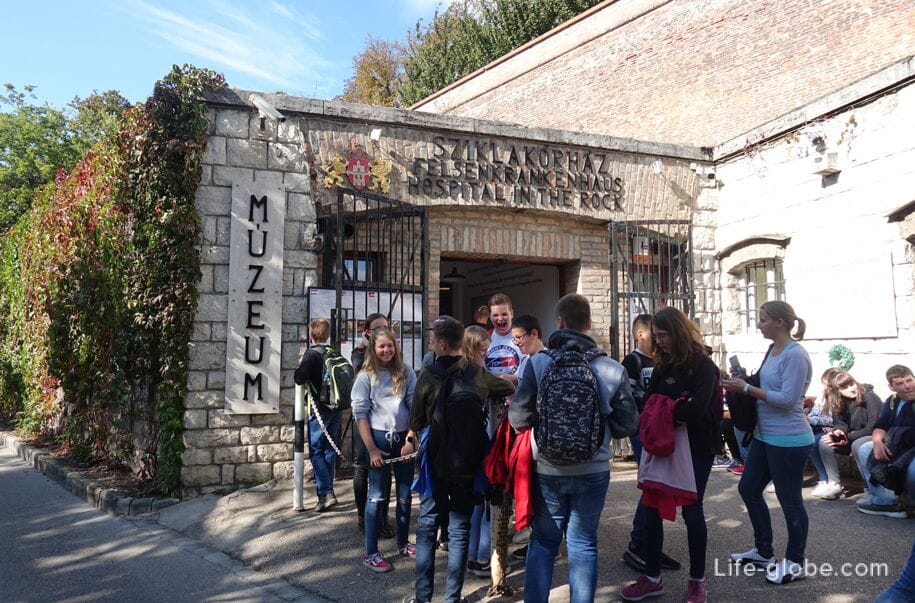
The Church of our lady of the Rock or the monastery of the Pauline (Magyarok Nagyasszonya-sziklatemplom) is located at the foot of Gellert hill, with its southern end.
Rock Church consists of two parts: the top is an ancient cave known as the cave of St. Ivan (later the cave of Lourdes) and the lower artificial stone cavity, located inside the mountain, where the temperature in winter and in summer is 21°C.
The entrance to the Church paid 600 forints.
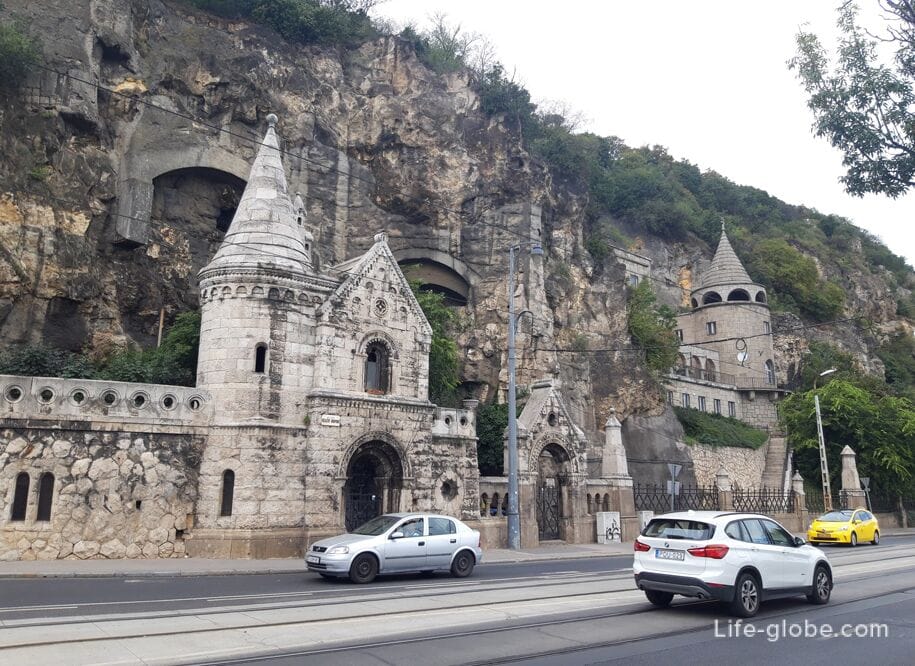
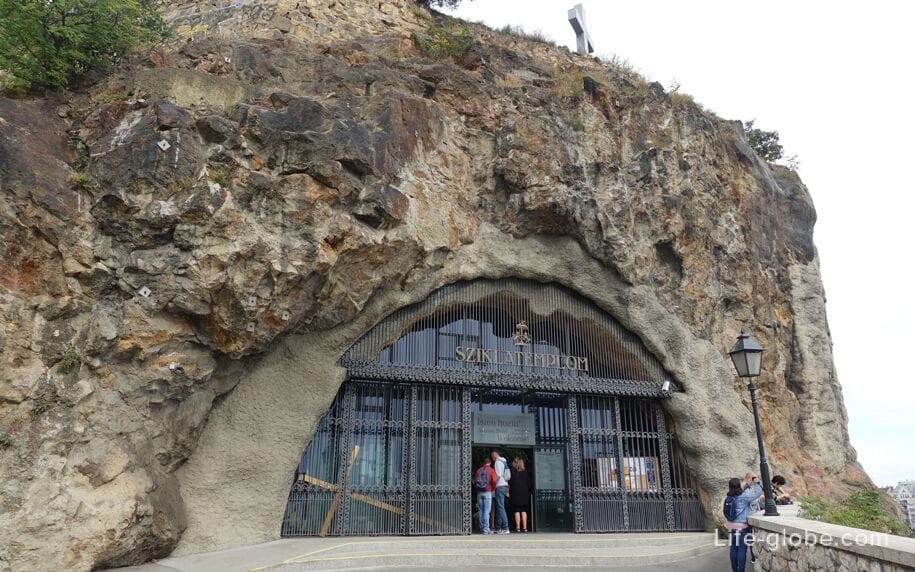
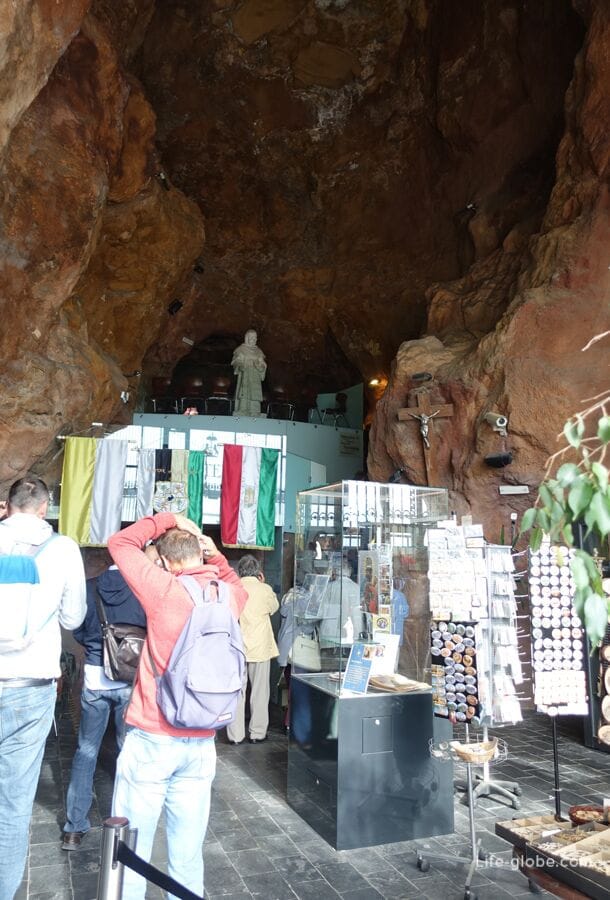
To the underground of Budapest, with a stretch, of course, include archaeological excavations:
- archaeological the Aquincum Museum (Aquincumi Muzeum), which is the ruins (archaeological sites) of the ancient Roman city of Aquincum., which presents jewelry, glassware, metal tools and wall paintings relating to the life of the ancient Romans, once living in Aquincum.
In the outdoor area of the Museum are the remains of the city, including courtyards, baths, markets, shrines, large columns, sculptures and a stone sarcophagus.
Main the Aquincum Museum is located at: Szentendrei ut 135.
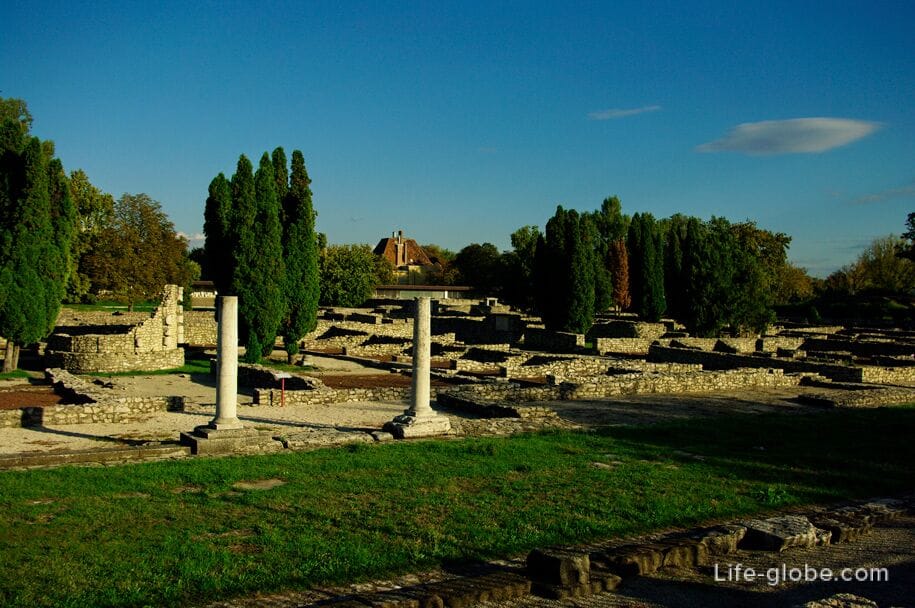
In addition to the specified part, the Aquincum Museum includes and other ancient sites located in separate areas of Buda (the front), which include: ruins of Roman baths (St. Florian's square), Villa Hercules (address: Meggyfa u. 21), the ruins of the civil amphitheatre (address: address: Szentendrei ut 150) and the ruins of a larger military amphitheatre in Aquincum (street Pacsirtamező).
The website of the Museum of Aquincum: aquincum;

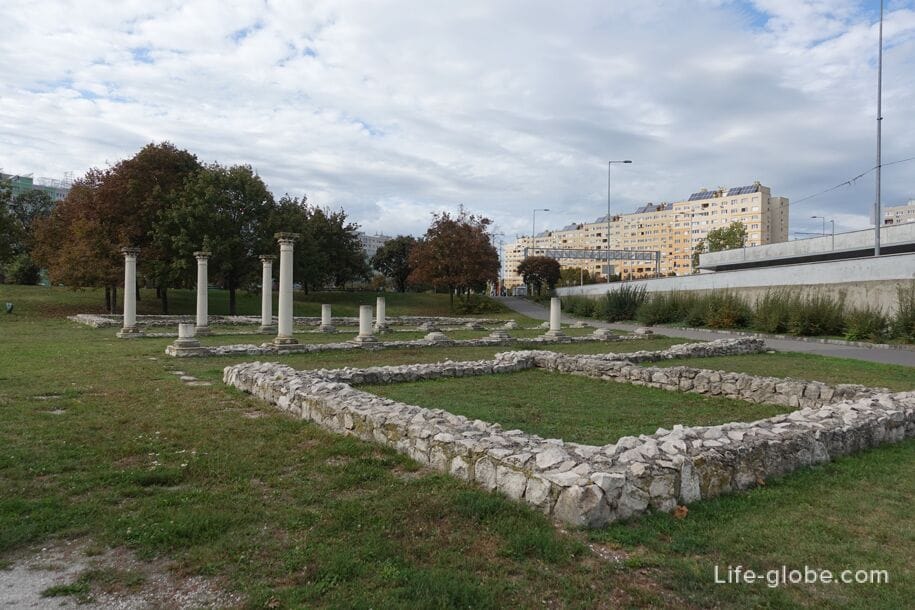
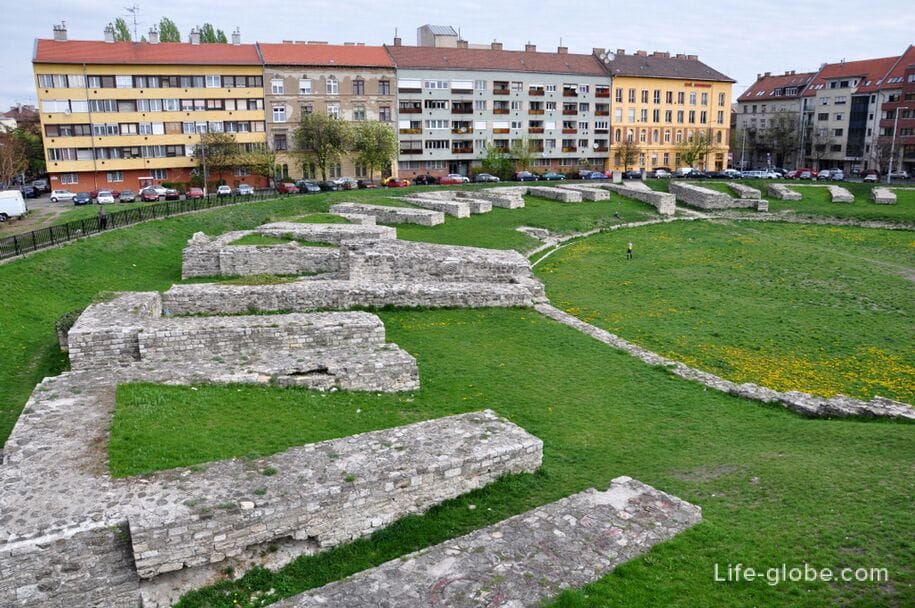
- first Bastion (First Bastion) - archaeological excavations on the territory of the Buda castle, which can be regarded as a hidden fragment of history of Buda and Hungary in General.
Bastion at its core was built in the 16th century.
Now the first Bastion represents the remains (ruins, archaeological site), the former fortifications, and an exhibition on unique fortress of Hungary and the excavations of the Bastion, including some archaeological finds.
Bastion is located at the address: Tancsics Mihaly u. 9.
Site of the Bastion: varkertbazar.

